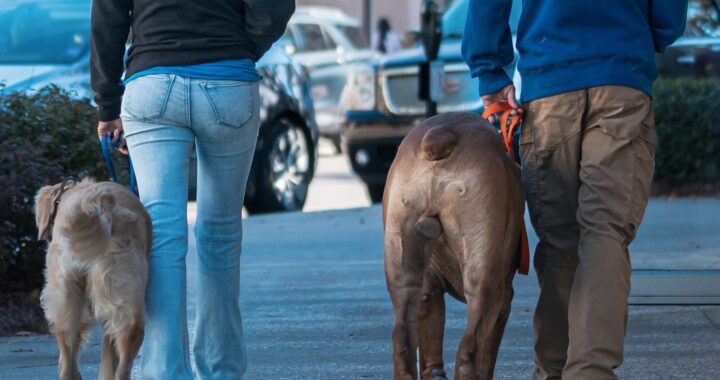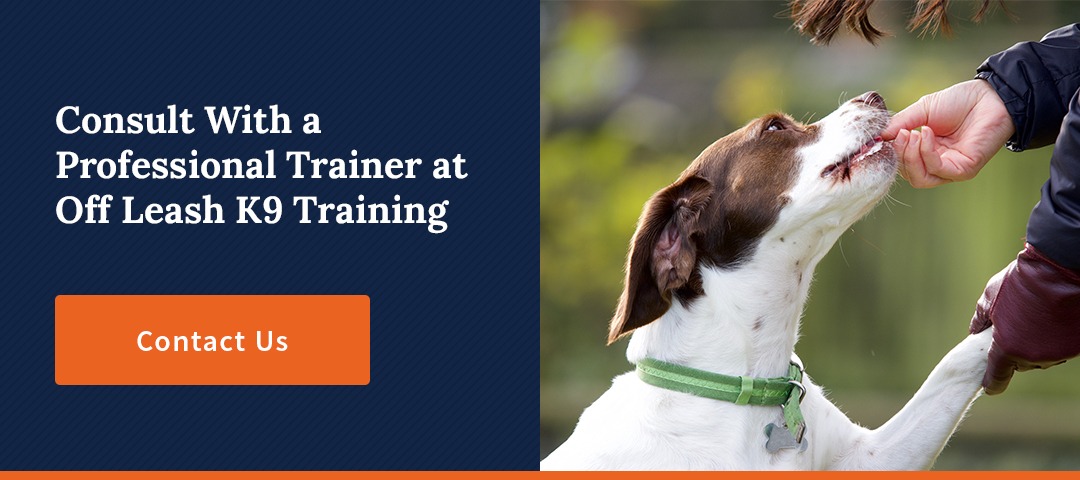Bringing a new dog into your family is an exciting time, but it’s important to approach the introduction process with care and consideration. Introducing dogs to each other requires careful planning and management to ensure a positive and harmonious relationship. In this comprehensive guide, we will explore the do’s and don’ts of introducing dogs, providing you with valuable insights to make the process smooth and successful.
How to Prepare For Introducing Dogs
Prepare the Environment:
1. Do choose a neutral territory: Select a neutral location for the initial meeting, such as a park or a friend’s backyard. This helps prevent territorial behavior and allows both dogs to feel more comfortable.
2. Remove distractions: Clear the area of any toys, food, or other items that could potentially trigger possessiveness or competition between the dogs.
3. Secure the area: Ensure that the space is fully enclosed and escape-proof to prevent any accidents or escapes.
Prepare the Dogs:
1. Exercise and drain energy: Prior to the introduction, give each dog a chance to exercise and release pent-up energy. This will help them approach the meeting in a calmer state.
2. Basic obedience training: Both dogs should have a basic understanding of obedience commands such as sit, stay, and come. This will help you maintain control and manage any potential issues.
3. Familiarize with scents: Rub a towel or cloth on one dog and then allow the other dog to sniff it. This helps familiarize them with each other’s scent before the actual introduction.
The Do’s of Introducing Dogs
1. Start with separate leashed walks: Walk both dogs separately in the same area, gradually decreasing the distance between them. This allows them to become familiar with each other’s presence without direct contact.
2. Controlled visual introduction: Once both dogs seem calm and comfortable during the separate walks, have them see each other from a distance. Keep them on leashes and maintain a safe distance. Observe their body language for signs of stress or aggression, such as raised hackles, stiff bodies, growling, or excessive barking. If you notice any of these signs, separate the dogs and consult a professional dog trainer or behaviorist. Off Leash K9 Training offers behavioral training and guidance to help you and your dog develop a stronger bond and address any behavioral issues.
3. Do reward positive behavior: Use treats, praise, and petting to reward both dogs for calm and friendly behavior. Positive reinforcement creates positive associations and helps foster a positive relationship between the dogs.
4. Monitor and assess: Observe the dogs’ behavior during the introduction. Look for signs of relaxation, wagging tails, loose body posture, and friendly sniffing. If any signs of aggression or tension arise, separate the dogs and consult a professional dog trainer or behaviorist. Our experienced trainers employ proven methods to teach your dog obedience commands, proper socialization and good manners.
5. Gradual integration: After a successful initial introduction, gradually increase the time the dogs spend together. Start with short, supervised meet-and-greets, gradually increasing the duration and intensity of their interactions as they become more comfortable.
The Don’ts of Introducing Dogs
1. Don’t rush the process: Introducing dogs requires patience. Avoid rushing the process or forcing interactions. Each dog has their own comfort level and needs time to adjust to the presence of a new dog. Take it slow and allow them to build trust at their own pace.
2. Don’t leave the dogs unsupervised: Always closely supervise the dogs during their interactions, especially in the early stages of the introduction. This ensures the safety of both dogs and allows you to intervene if any issues arise.
3. Don’t punish or scold: Avoid punishing or scolding either dog during the introduction process. This can create negative associations and escalate tension. Instead, focus on redirecting their attention and rewarding positive behavior.
4. Don’t overwhelm the dogs: Keep the initial meetings short and gradually increase their duration over time. Overstimulation or prolonged interactions can lead to fatigue and potential conflicts. Ending on a positive note will leave your dogs will leave them looking forward to the next interaction.
Consult With a Professional Trainer at Off Leash K9 Training Maryland
Introducing dogs to each other can be a complex process, but with the right approach, it can lead to a harmonious and happy coexistence. This comprehensive dog introduction guide will provide you with step-by-step instructions and tips to ensure a successful introduction between dogs.
At Off Leash K9 Training, we believe that a well-behaved and happy dog is a true joy to have as a companion and we are committed to helping you achieve that. Contact our expert trainers today or give us a call at 443-743-3221!


